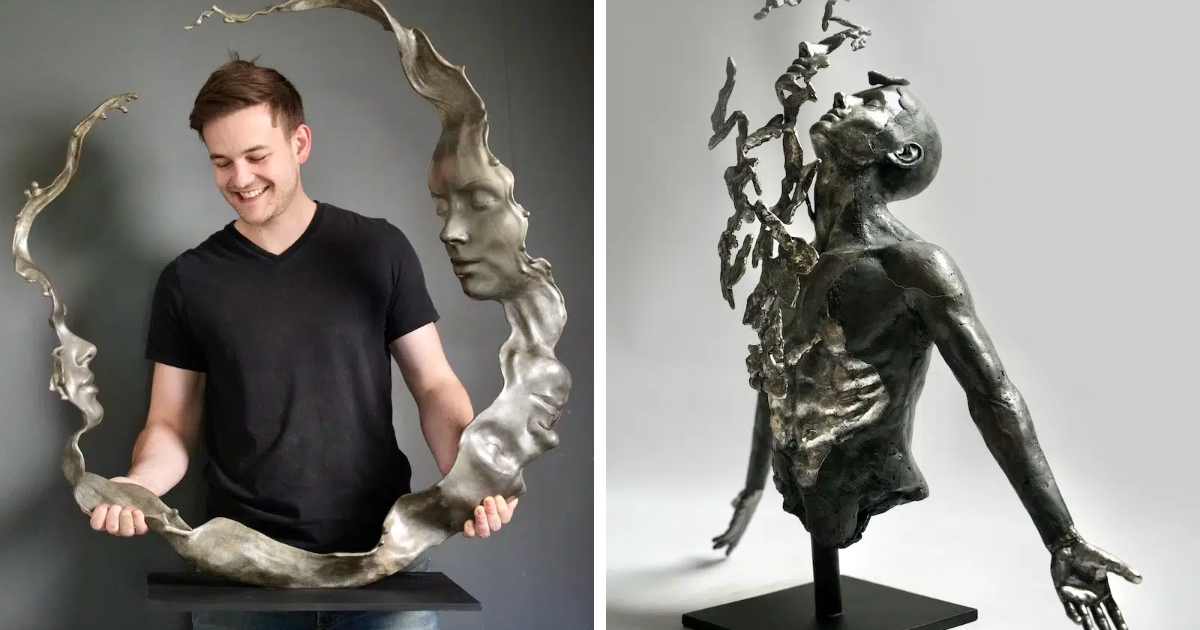
Cracks That Speak: Artist James Cook Turns Fragmentation Into Beauty (20 Pics)
South African artist James Cook is known for his deeply expressive, fragmented, haunting, and poetic art. Through missing pieces, raw edges, and partial forms, his work captures the tension between vulnerability and resilience, wholeness and absence. These sculptures feel as though they’re caught mid-transformation, inviting viewers to pause and reflect on identity, memory, and the human condition.
James began his sculpting journey over a decade ago. “I created my first sculpture in 2010 as part of a school project but only started taking it seriously over the last couple years,” he shared in an interview with DeMilked. His artistic roots go even further back. “I am a South African artist who creates bronze sculptures. My artistic journey started with pencil drawings of African animals, which I enjoyed creating with my father when I was young. After exploring various mediums, I found that bronze sculpture was my true calling.”
It’s the nature of bronze, both strong and subtle, that continues to draw him in. “Bronze draws me in with its enduring quality and adaptability. Its strength ensures that sculptures withstand the test of time which aligns with my goal of crafting impactful, enduring art. The material’s capacity to hold intricate details while accommodating bold, innovative forms complements my style, merging meticulous craftsmanship with artistic exploration. The patina process, using chemicals and heat to alter the bronze’s surface, introduces an additional layer to the artform which allows me to experiment with color and texture.” This deep respect for the material is reflected in the way he creates. Cook uses the centuries-old lost wax bronze casting technique, a detailed and demanding process that allows for exceptional precision and emotional nuance.
“The lost wax bronze casting process is a complex and labor-intensive technique used to create bronze sculptures. This process is particularly favored by many sculptors for its ability to produce fine, detailed results. After a silicon mold is made of the original sculpture, the Lost Wax process begins with the creation of a hollow wax replica of the original sculpture. This wax replica is then covered in a ceramic shell, which is made by repeatedly dipping the wax model into a ceramic slurry and allowing it to dry. The ceramic shell is then heated in a kiln, causing the wax to melt and drain away, leaving a negative space in the shell that is an exact replica of the original wax model. Molten bronze is then poured into the ceramic shell, filling the negative space left by the melted wax. After the bronze has cooled and hardened, the ceramic is broken away, and the bronze pieces are welded together, with weld marks removed during the ‘fettling’ process to restore texture. For some works, I combine bronze with cement, a process that required over a year of experimentation to perfect. Finally, patination uses chemicals and heat to achieve the desired color and finish. This process can be repeated multiple times to create a series of identical limited edition sculptures.”
The technique, though time-consuming, gives Cook the control and detail needed to explore his ideas through fragmentation. “The lost wax process requires a high degree of skill and expertise, as any flaws or imperfections in the wax model or the ceramic shell can result in a damaged or incomplete bronze sculpture. I work closely with skilled foundry artisans who specialize in the Lost Wax process to ensure that my sculptures are produced to the highest standard. Despite the time and effort required, the Lost Wax casting process is often preferred by sculptors because of the high level of detail and precision it can achieve. This technique allows for the creation of sculptures with intricate designs, delicate textures, and nuanced expressions that would be difficult to achieve using other casting methods. The result is a beautiful and enduring work of art that will be treasured for generations to come.”
Across his growing body of work, Cook continues to explore what it means to be incomplete yet beautiful, using bronze to reveal both physical form and inner emotion. From busts that emerge partially from slabs to torsos suspended in space, his sculptures blur the lines between erosion and elegance. In every piece, the cracks and voids don’t just suggest what’s missing; they create space for meaning, for feeling, and for the viewer to enter the work. Fragmentation becomes not a flaw, but the story itself.
#1
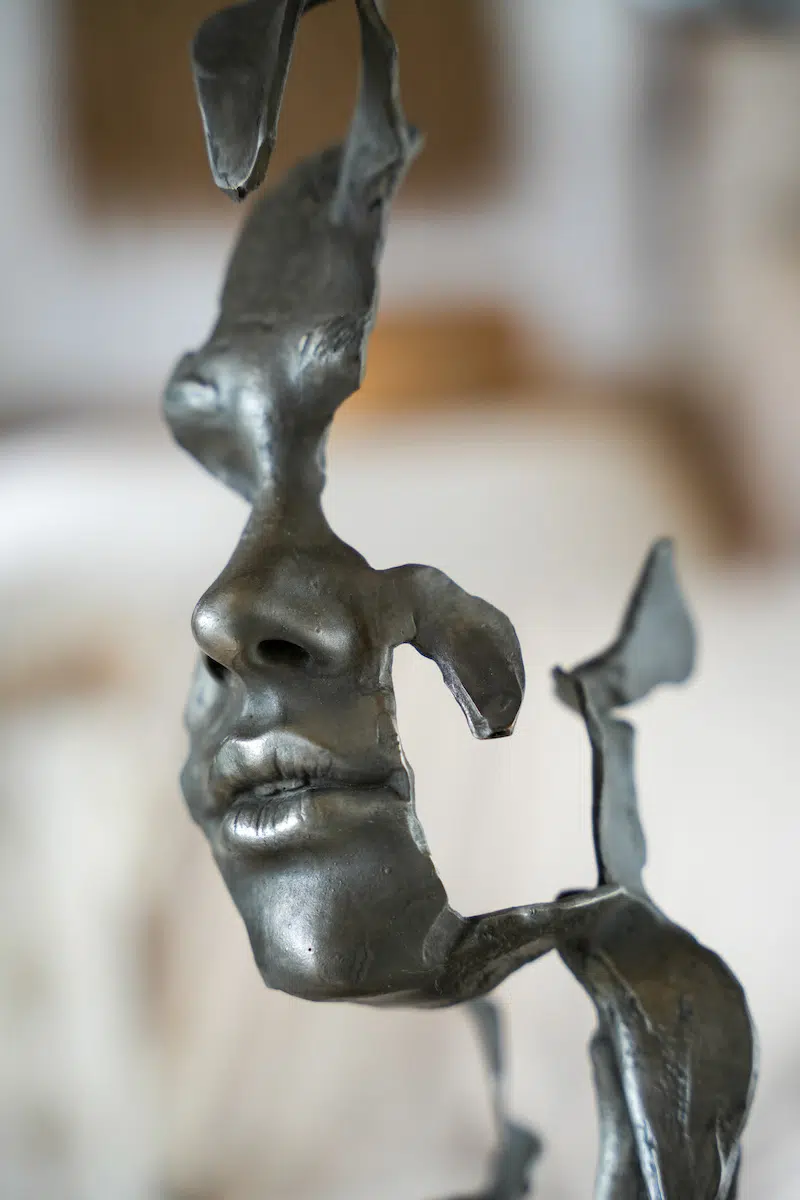
Image source: James Cook
#2
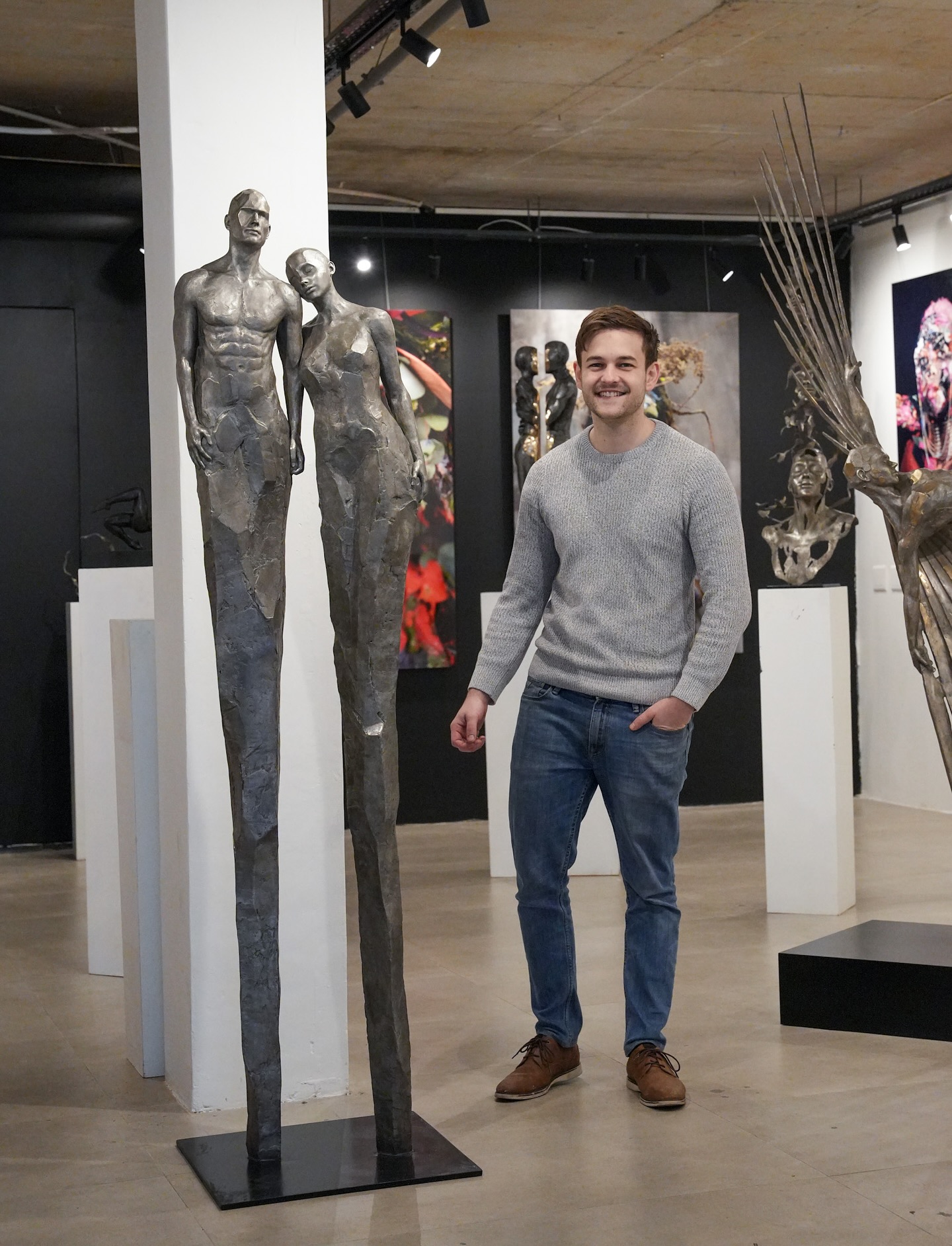
Image source: James Cook
#3
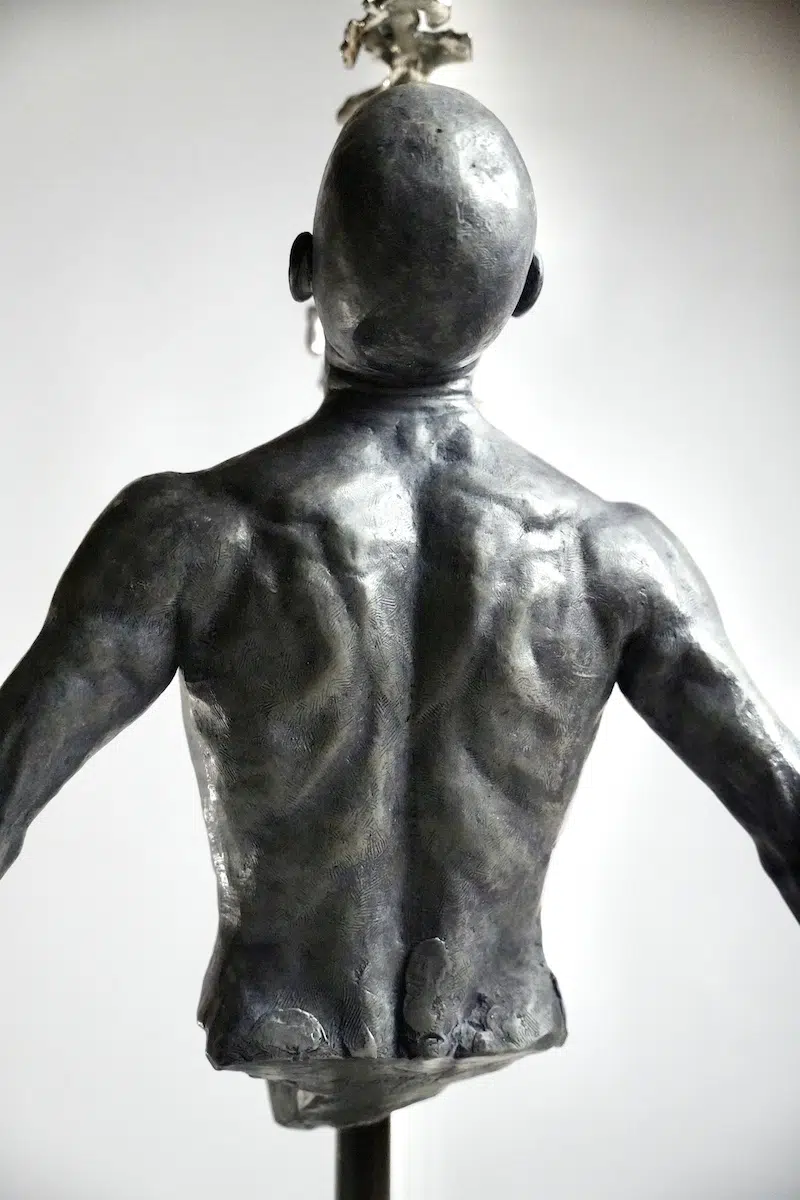
Image source: James Cook
#4
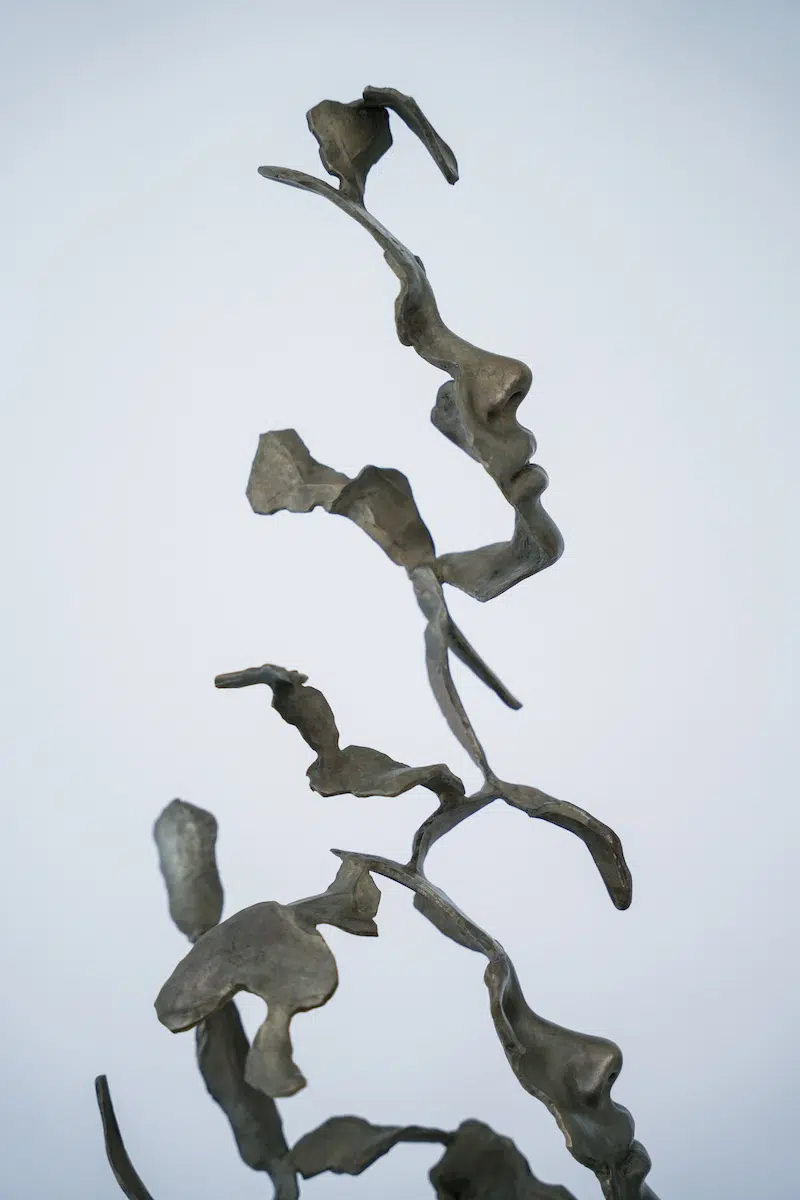
Image source: James Cook
#5
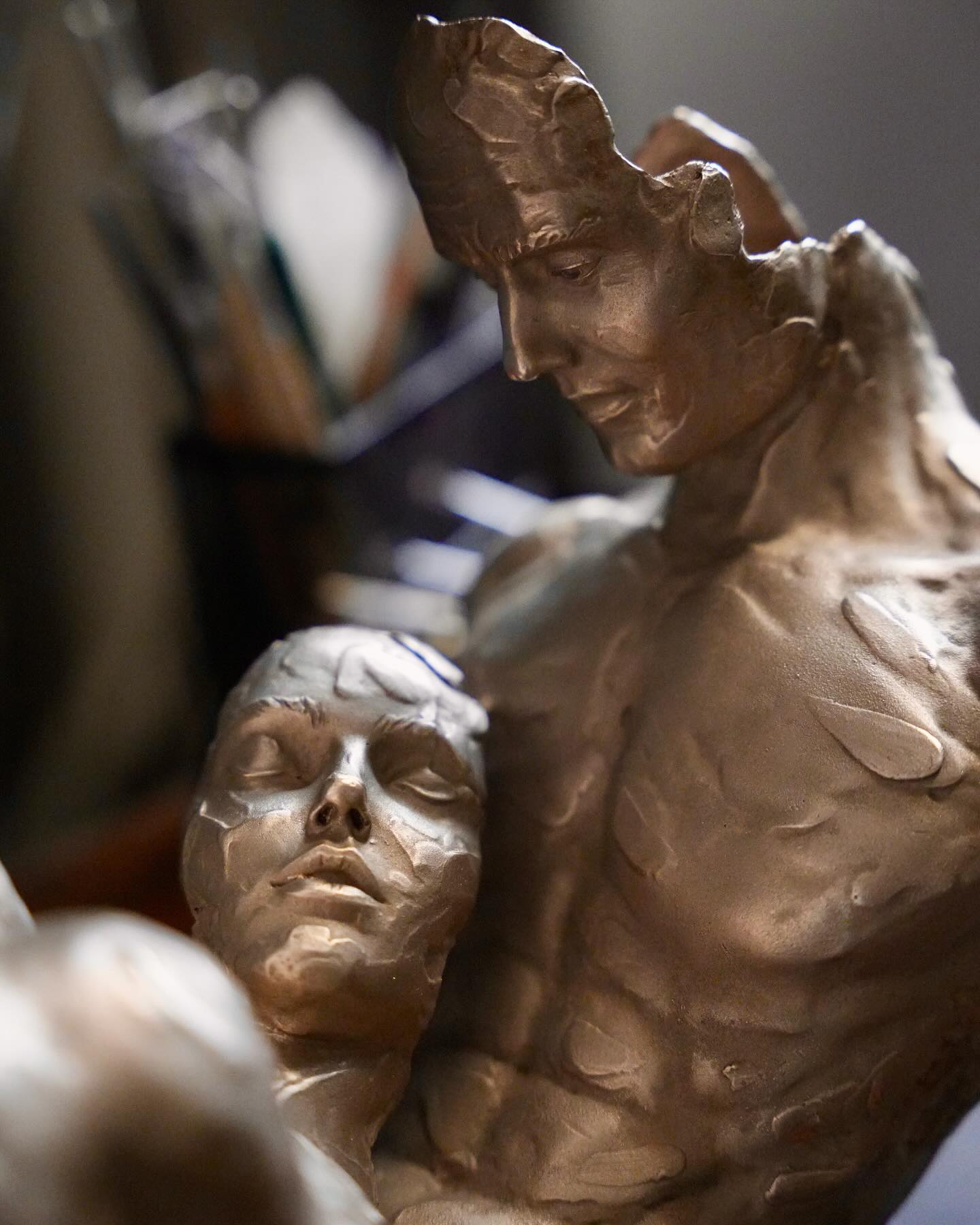
Image source: James Cook
#6
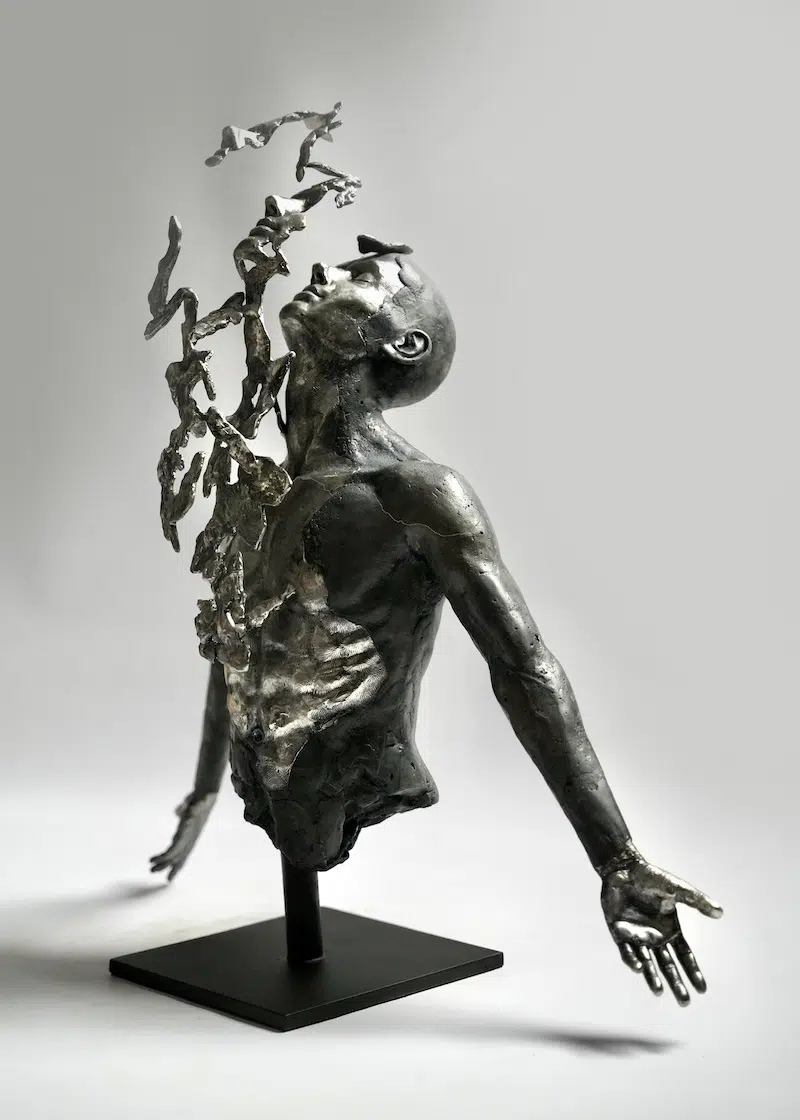
Image source: James Cook
#7

Image source: James Cook
#8
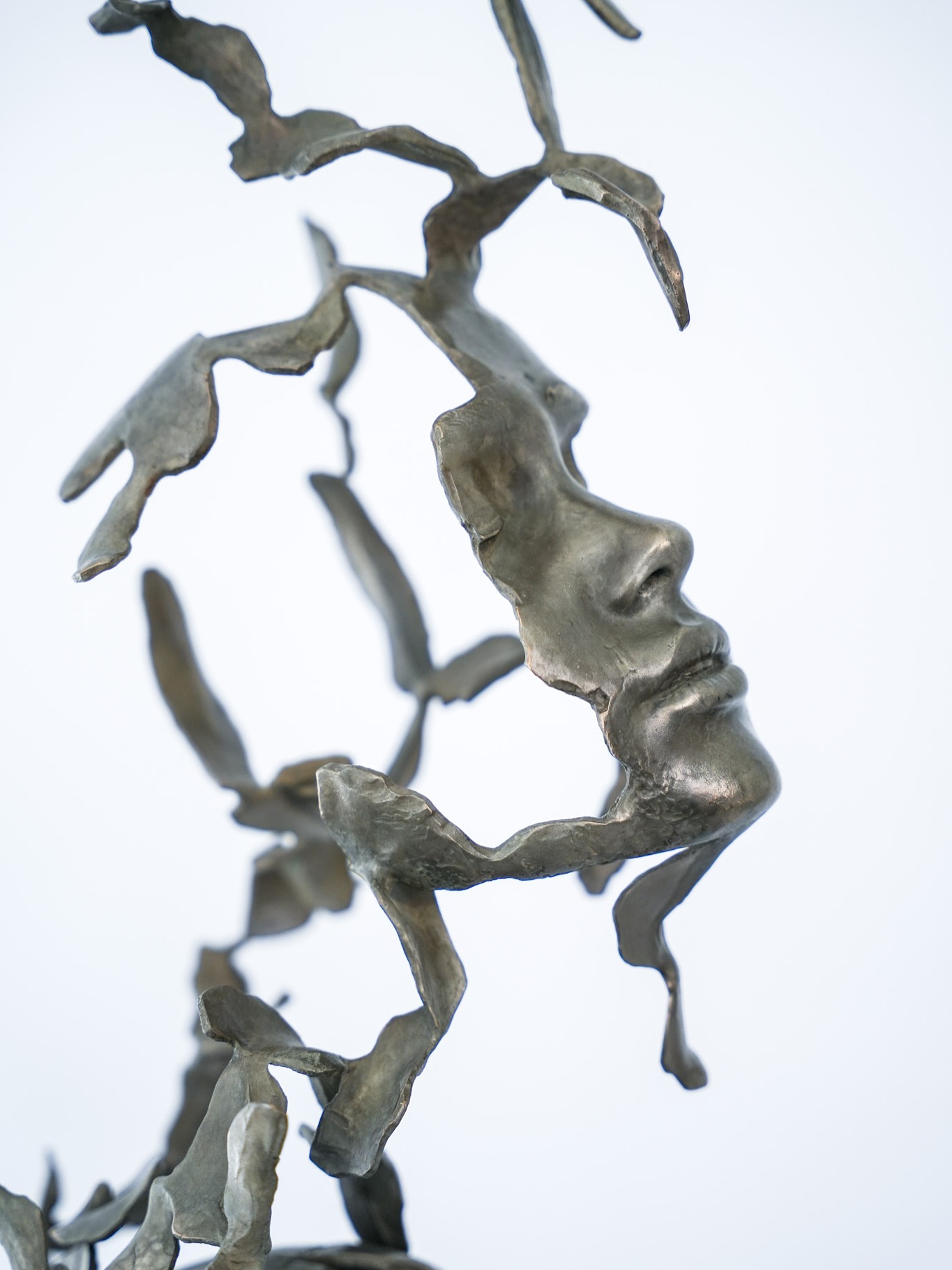
Image source: James Cook
#9
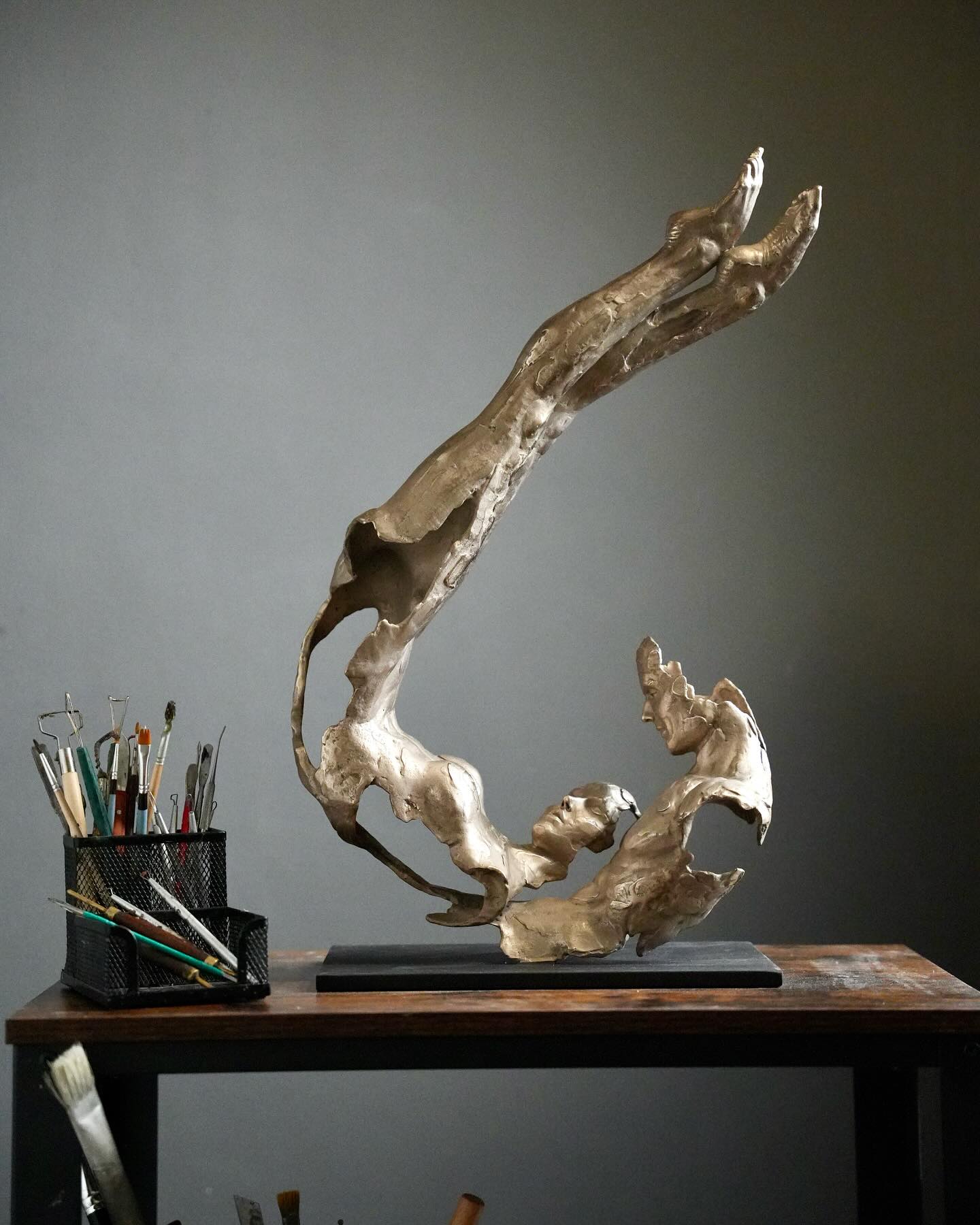
Image source: James Cook
#10
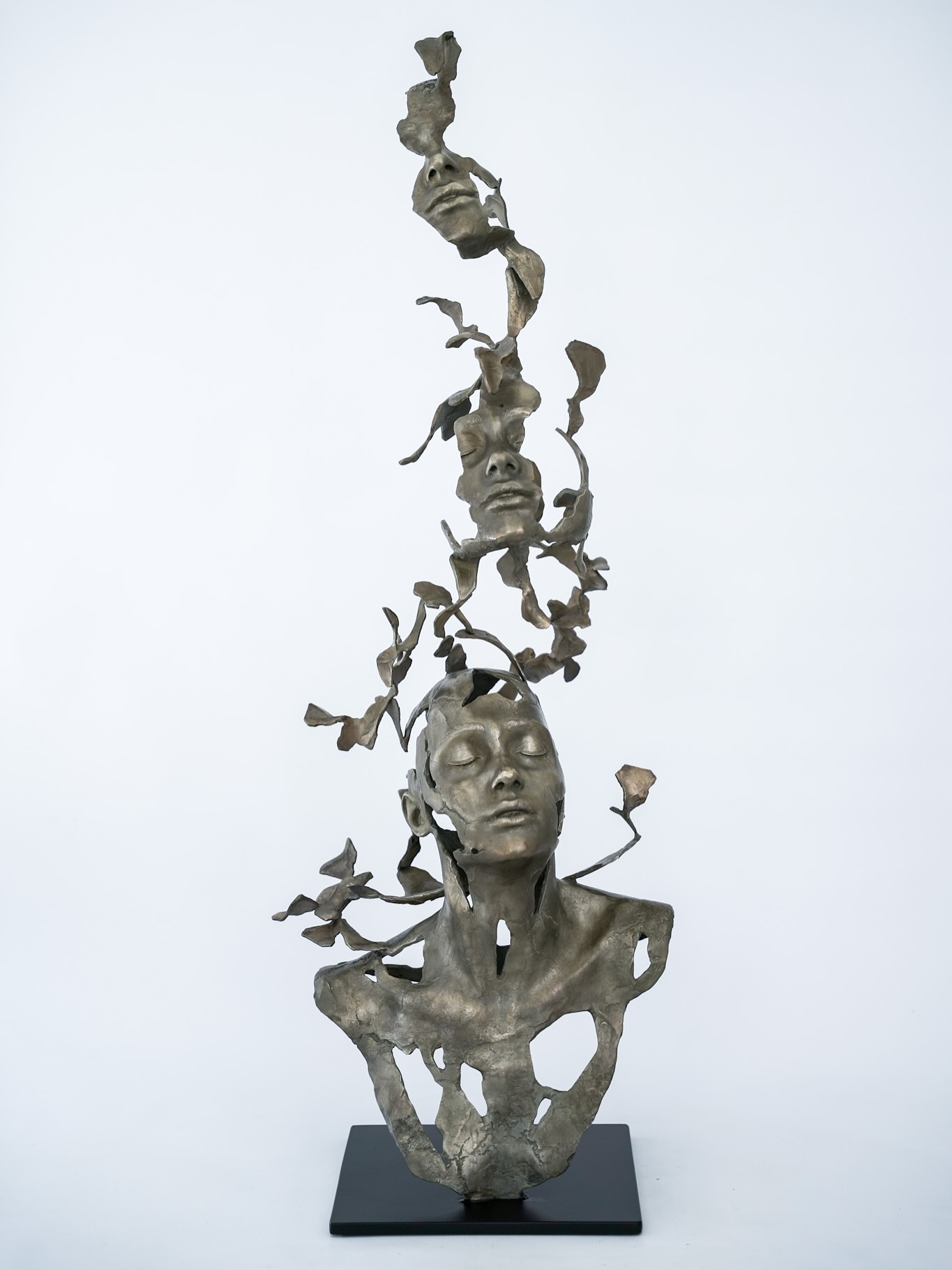
Image source: James Cook
#11
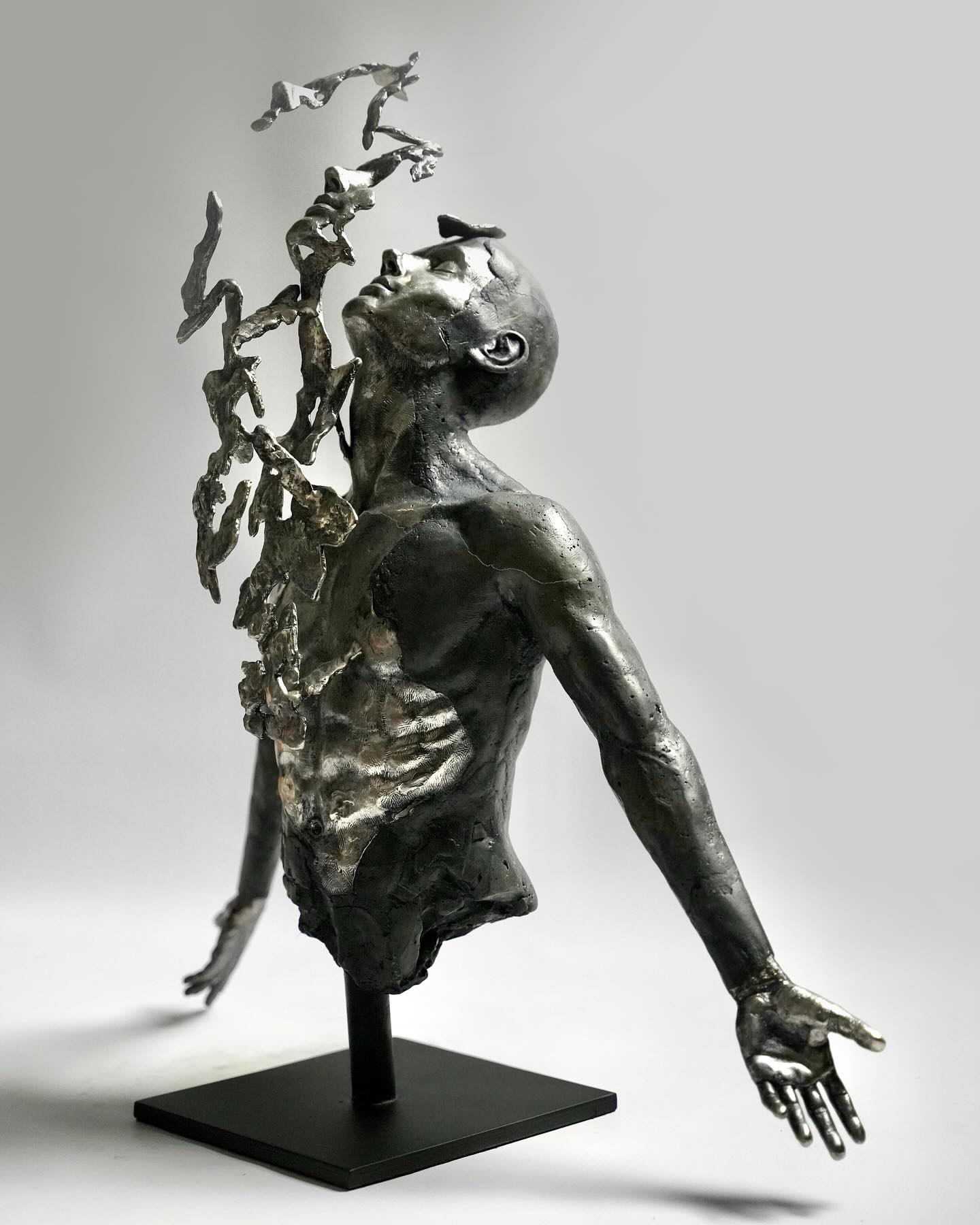
Image source: James Cook
#12
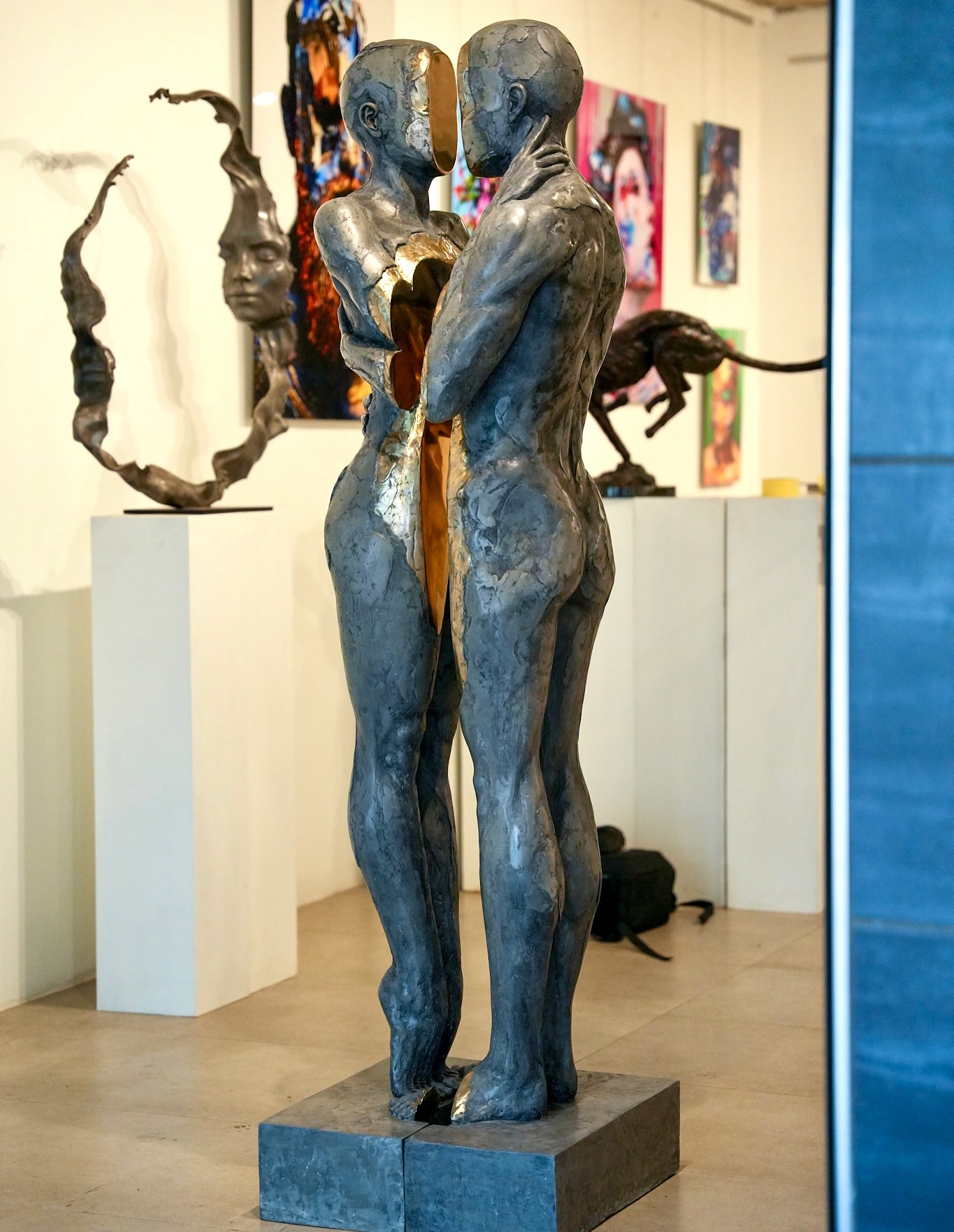
Image source: James Cook
#13
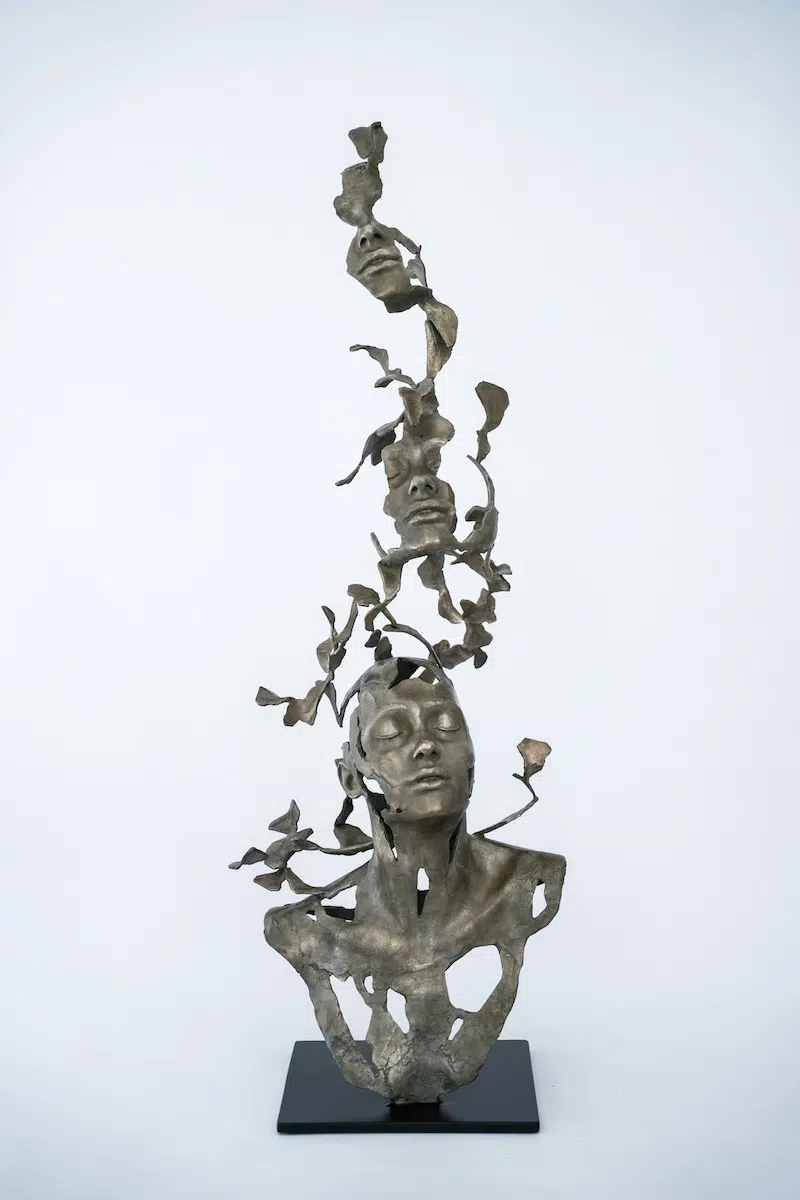
Image source: James Cook
#14
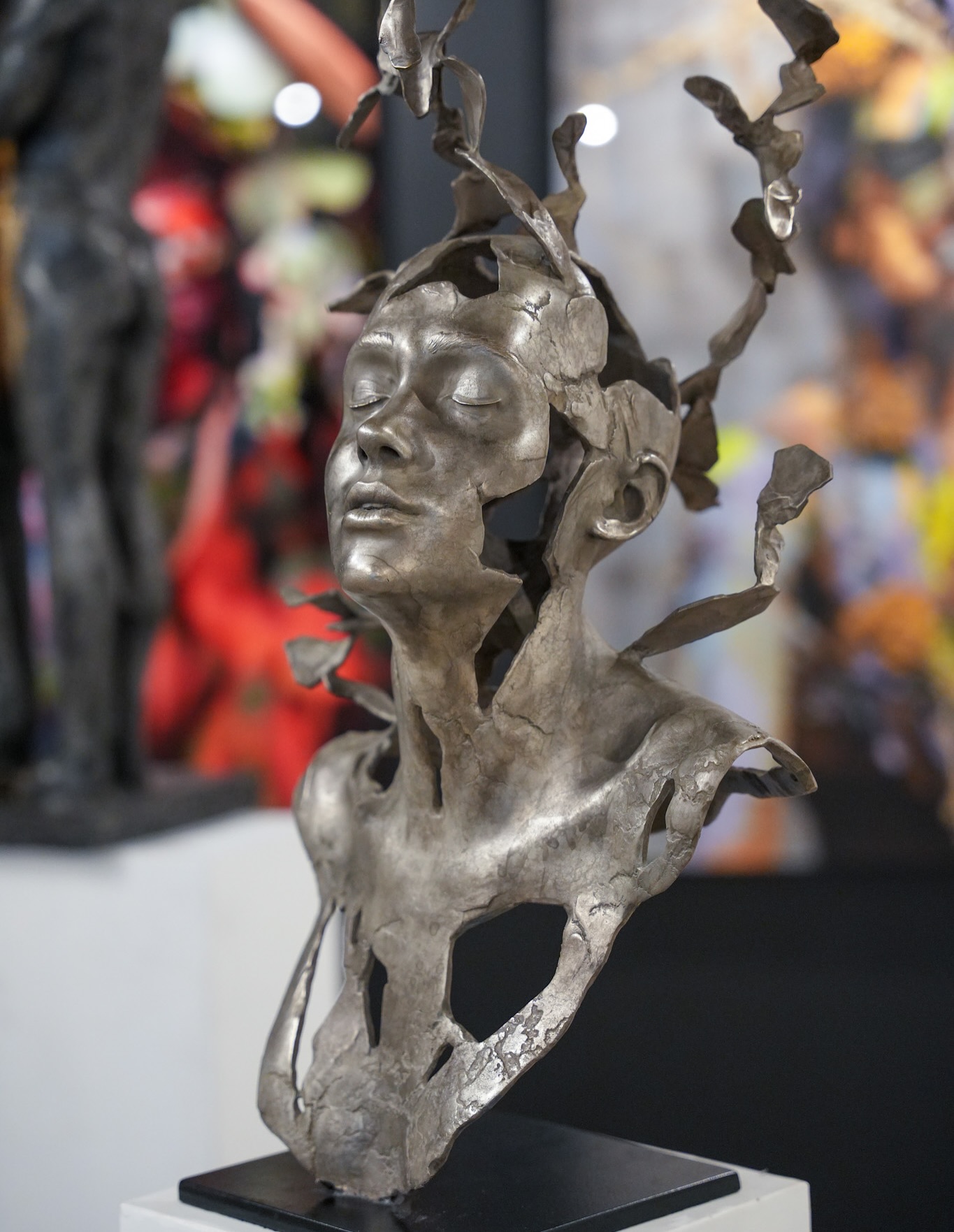
Image source: James Cook
#15
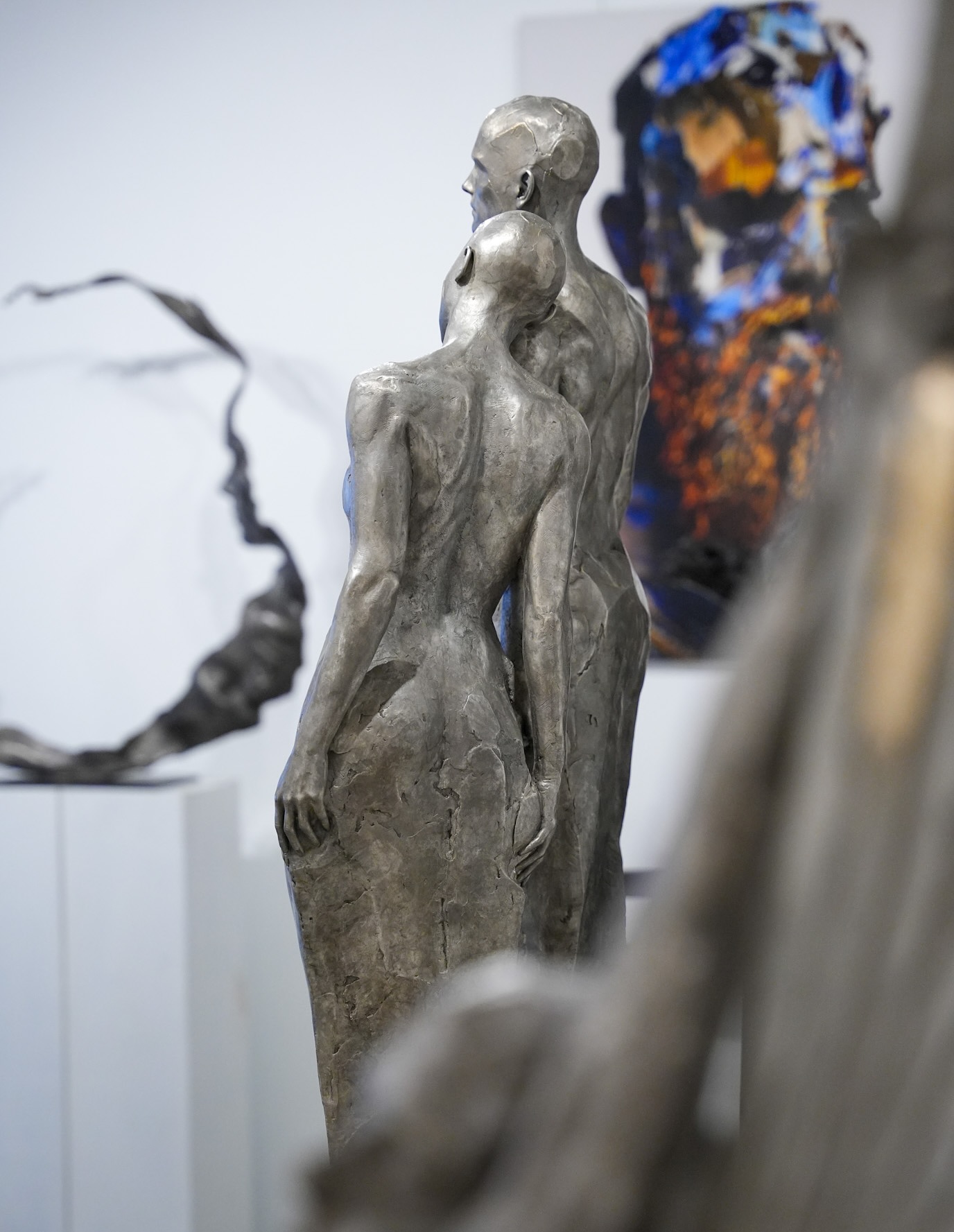
Image source: James Cook
#16
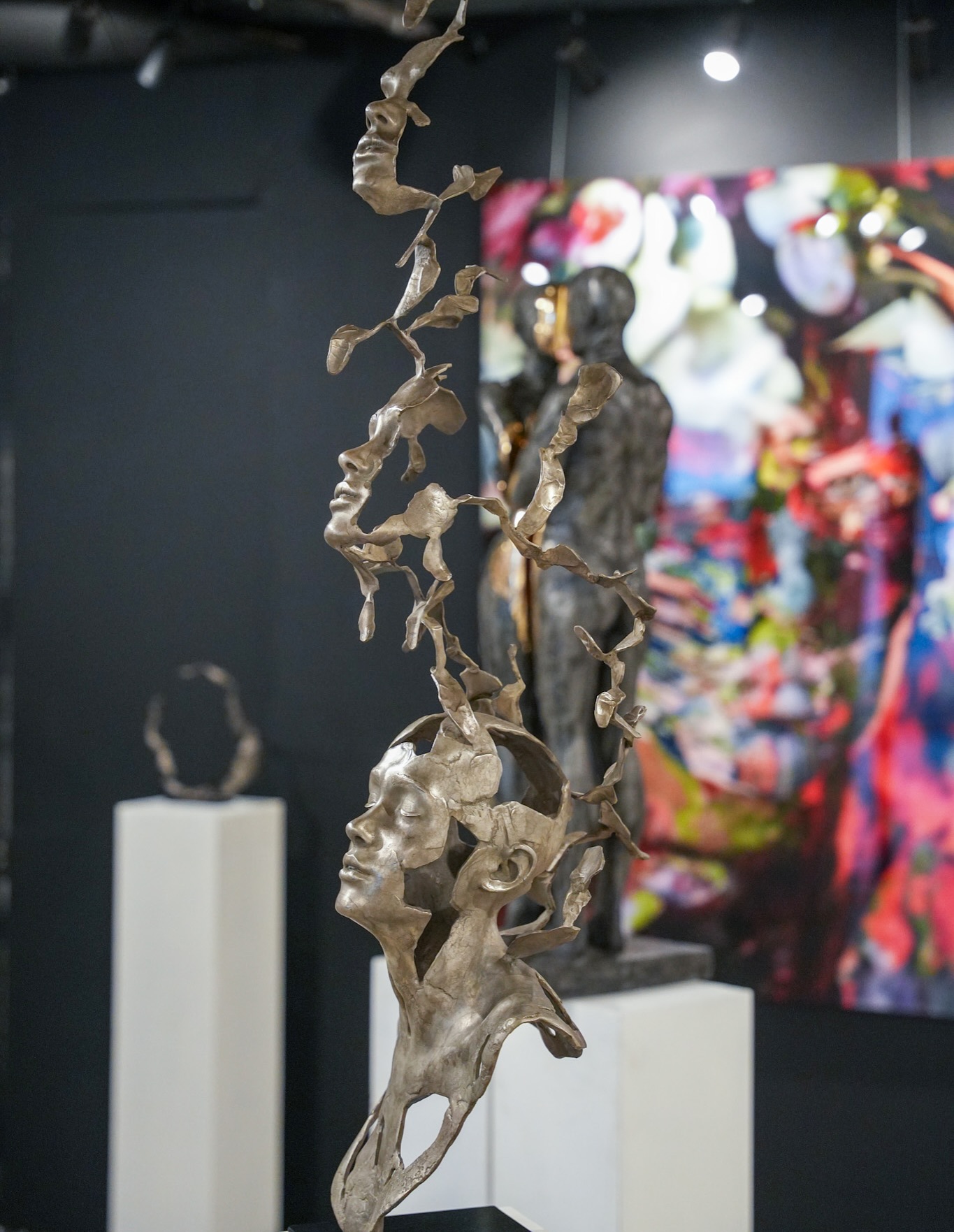
Image source: James Cook
#17

Image source: James Cook
#18
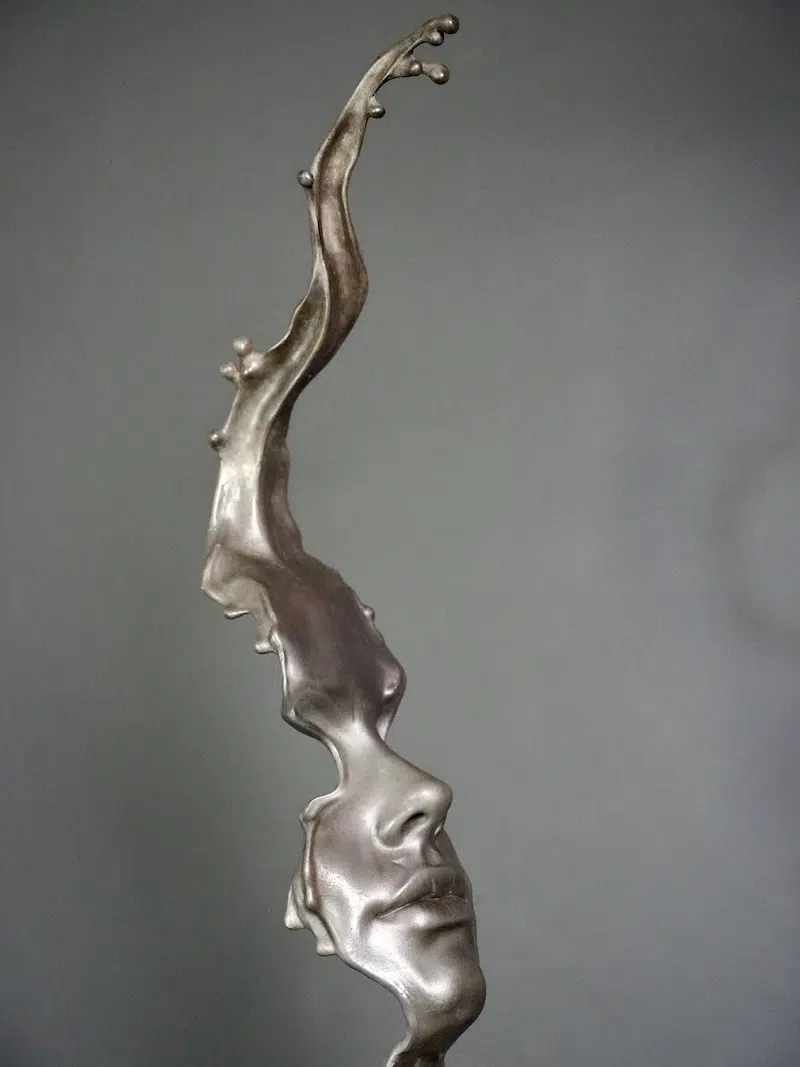
Image source: James Cook
#19
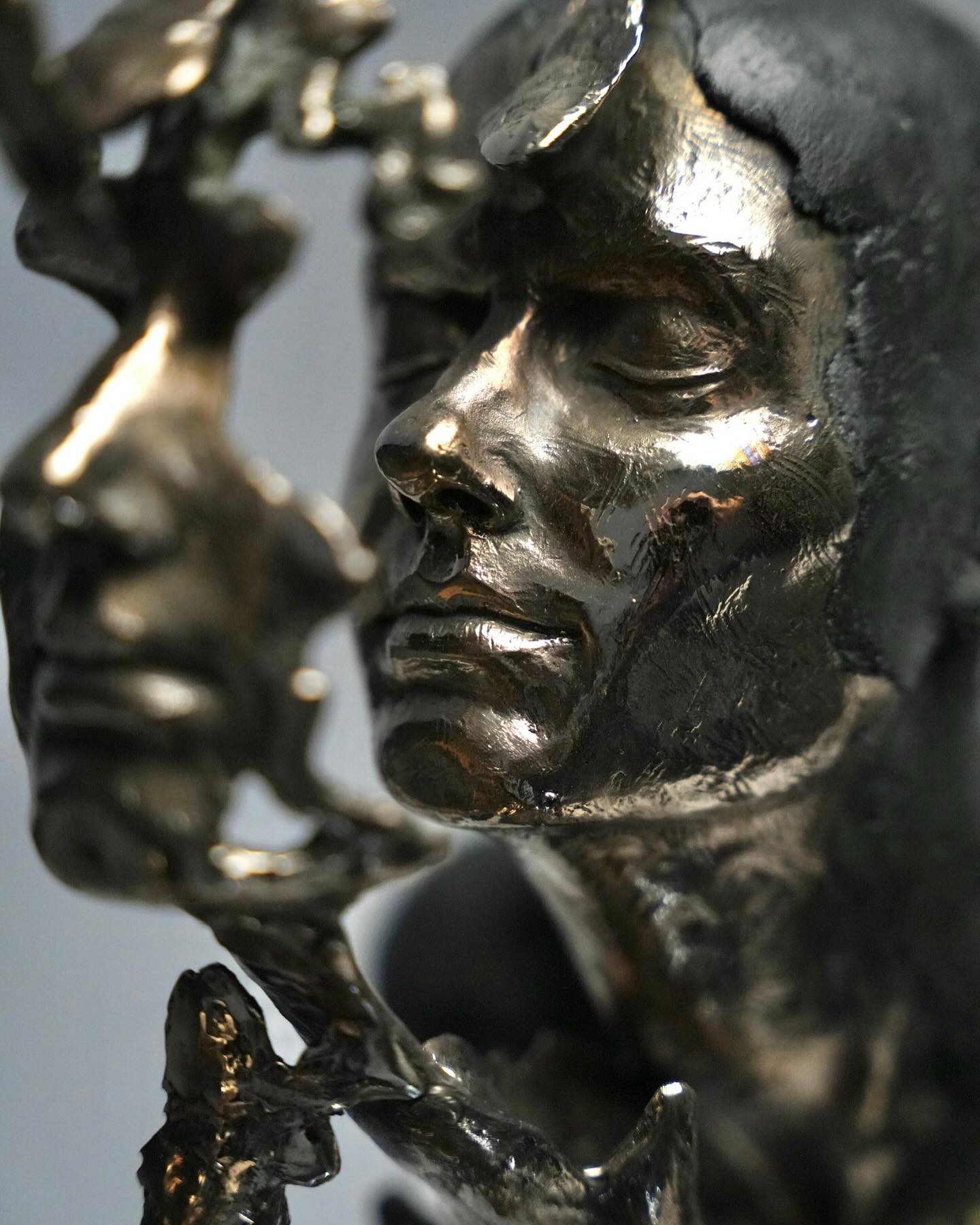
Image source: James Cook
#20
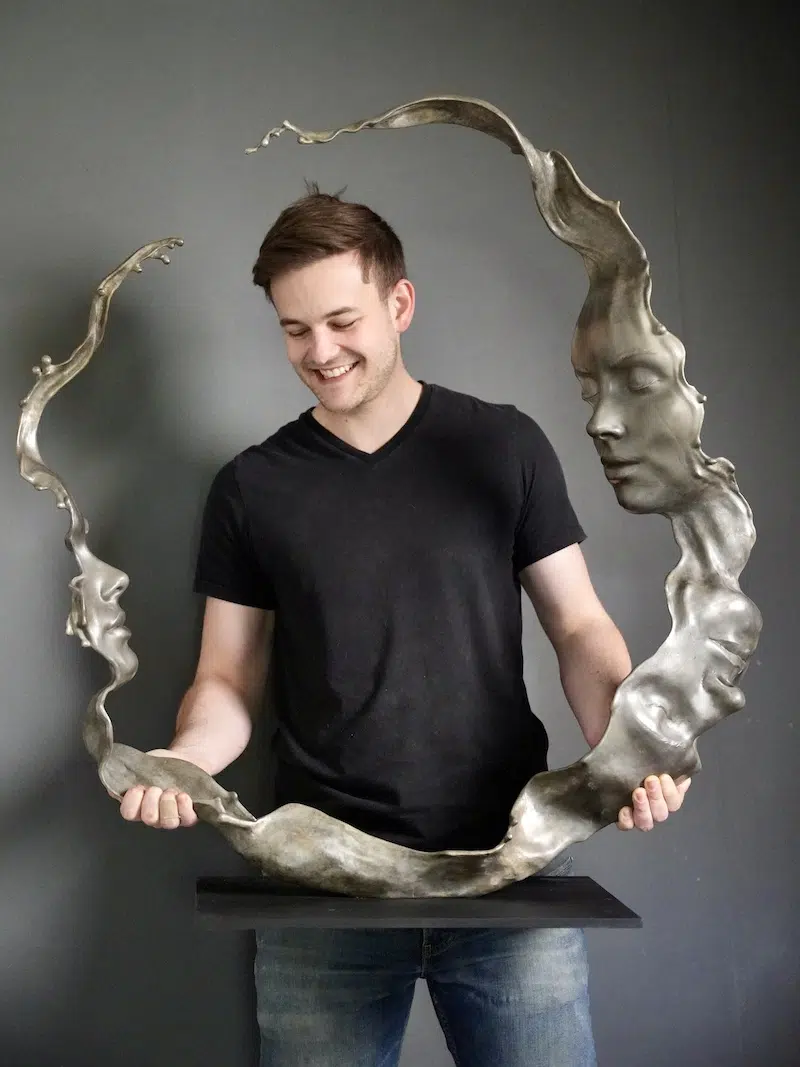
Image source: James Cook



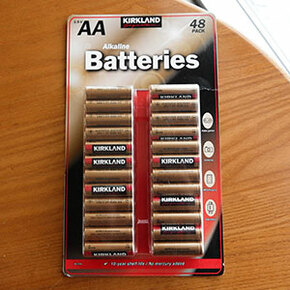

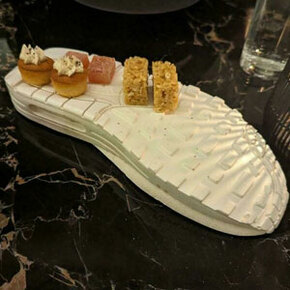
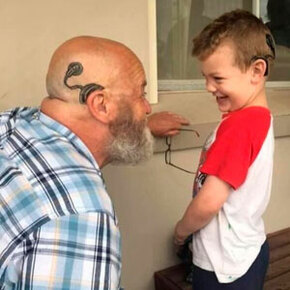




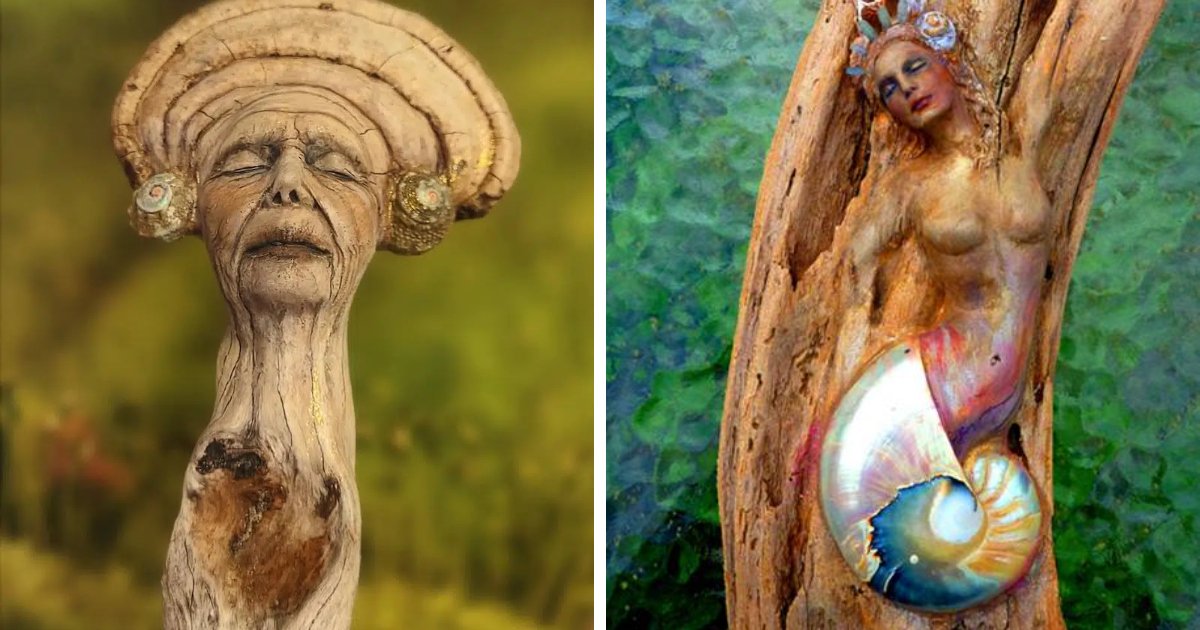

Got wisdom to pour?